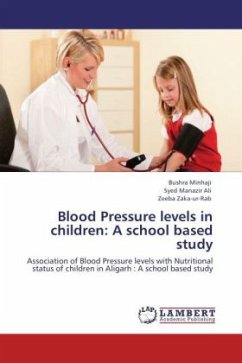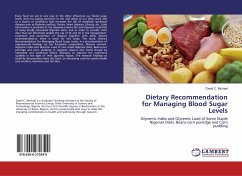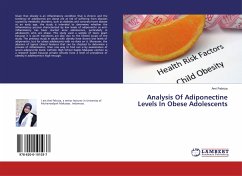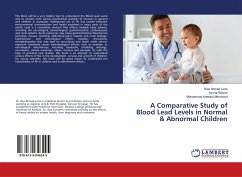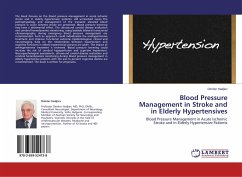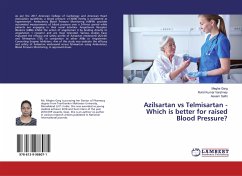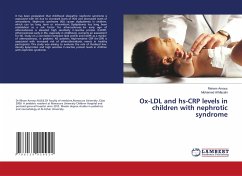
Analysis of Blood Pressure levels for different factors of adults
Quantile vs OLS Regression Approach
Versandkostenfrei!
Versandfertig in 6-10 Tagen
33,99 €
inkl. MwSt.

PAYBACK Punkte
17 °P sammeln!
The prevalence pattern of hypertension (HTN) in developing countries is different from that in the developed countries. Rising trend of high prevalence of hypertension has been increased last few decades. Various factors might have contributed to this rising trend like, age, BMI, lack of physical activity, diet, and smoking etc. In practical situation levels of blood pressure are differently related to each covariate. In other word the independent variables have different impact on normal, pre-hypertension and hypertension levels of blood pressure. For the pre-hypertension and hypertension pre...
The prevalence pattern of hypertension (HTN) in developing countries is different from that in the developed countries. Rising trend of high prevalence of hypertension has been increased last few decades. Various factors might have contributed to this rising trend like, age, BMI, lack of physical activity, diet, and smoking etc. In practical situation levels of blood pressure are differently related to each covariate. In other word the independent variables have different impact on normal, pre-hypertension and hypertension levels of blood pressure. For the pre-hypertension and hypertension prevalence rates with the relation to different factors, usual regression modal do not fulfill the desired objectives. In these situations, it is found that Quantile Regression (QR) estimation is very suitable. So, Quantile Regression is the potential candidate here. In this book the application and importance of Quantile Regression as compare to OLS Regression is established by applying it on real data taken from the hospitals of Rawalpindi district as a case study from Pakistan.



